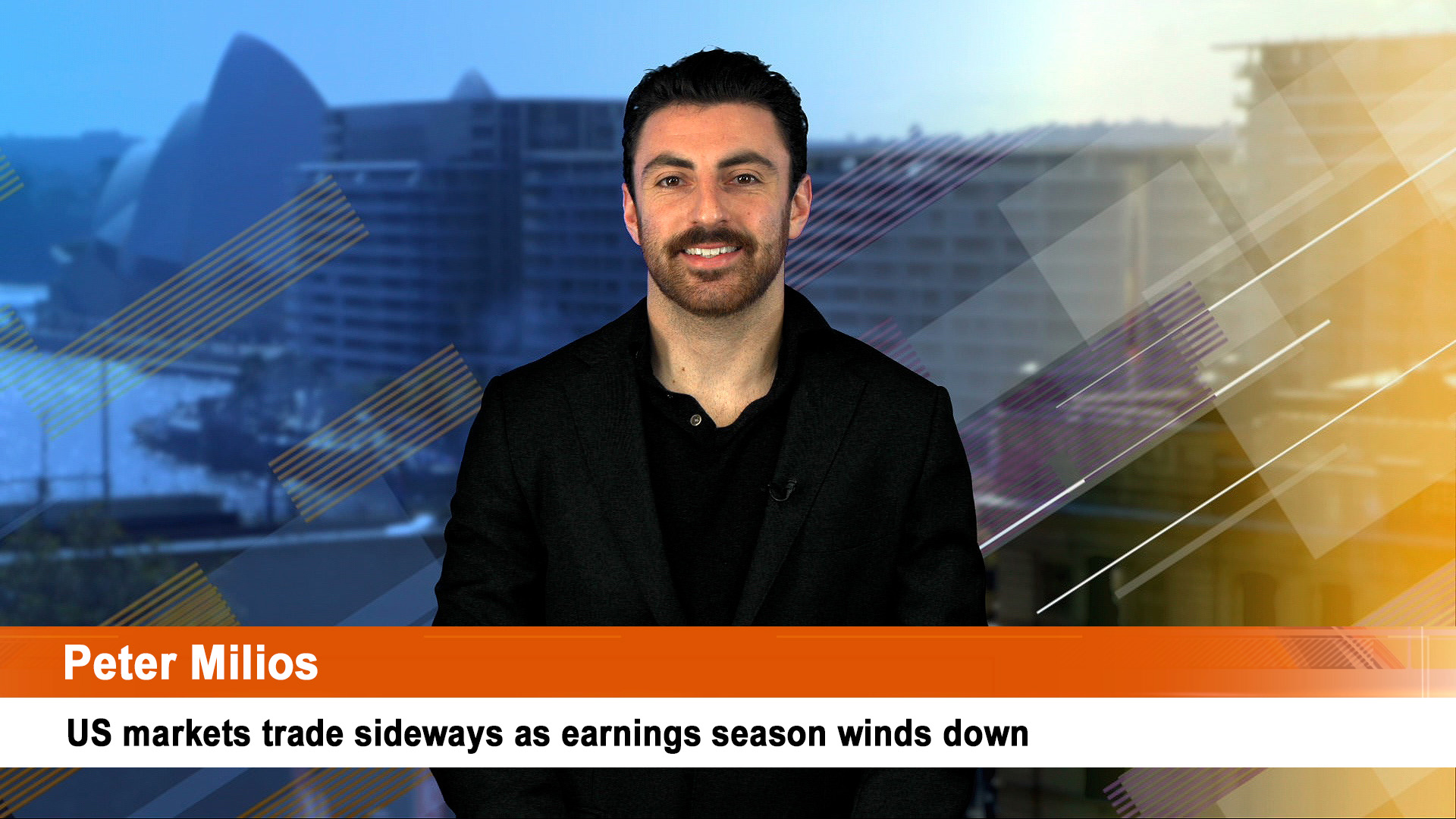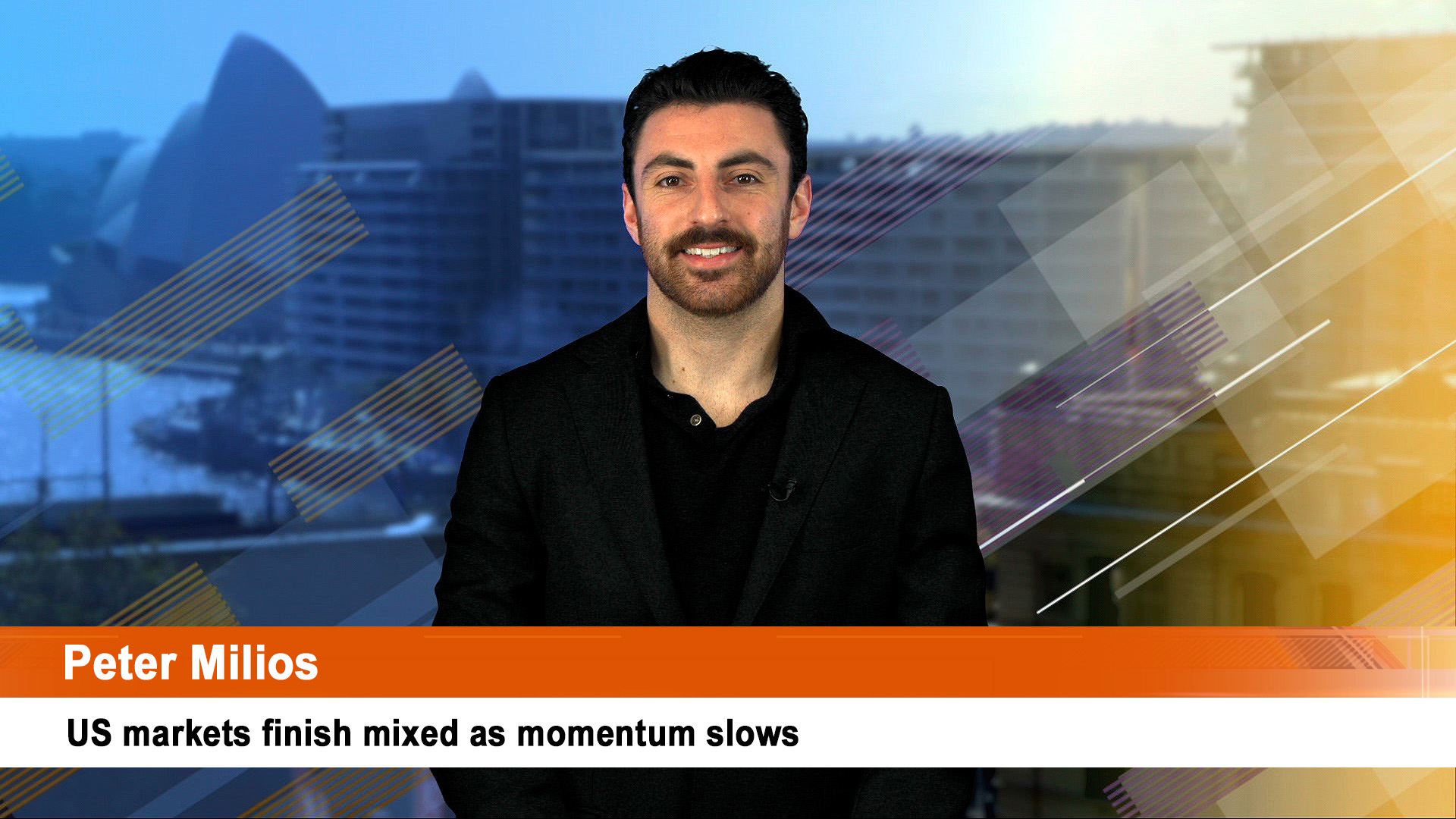An announcement on Friday morning from the Australian Securities and Investments Commission (ASIC) has mostly ended 8 years or turmoil for Australian banks and other financial groups and their customers.
The announcement contained what could be the final bill for the country’s six top financial institutions accused of abusing customers with behaviour such as charging fees for no service or non-compliant financial advice – and it’s massive – more than $4.68 billion.
ASIC said $1.1 billion was paid between July 1 to December 31 to customers who had made claims for remediation.
That figure doesn’t include fines and compensation paid or obtained by ASIC and others from smaller banks, insurers, financial advisors and the like as a result of Hayne Royal Commission.
ASIC revealed the updated total in a statement on Friday in which it also revealed that expected the announcement would be the last because the remediation programs being monitored had been substantially completed by the six groups.
The allegations featured heavily in the Hayne Royal Commission into Misconduct in the Banking, Superannuation and Financial Services Industry that ran from late 2017 to early 2019.
The most important finding of the Commission was that “a problematic culture that exists in the financial sector where the pursuit of profit is put ahead of the interests of customers.”
More than 1.5 million customers of the six groups – AMP, NAB, Commonwealth Bank, ANZ, Westpac and Macquarie – received payments totalling more than $4.4 billion for fees for no service while a further 11,968 customers of five groups (none for Macquarie) were paid more than $270 million for non-compliant advice.
The NAB had the biggest bill for fees for no service – nearly $1.38 billion, followed by the CBA with $1.116 billion. Westpac was next with $970.3 million, AMP with $636.6 million, ANZ with $308.6 billion with Macquarie back in 6th spot with $4.62 million.
For non-compliant advice, NAB had the biggest bill – more than $114.7 million, Westpac had more than $58.7 million, the ANZ, over $44 million, AMP, $42.6 million and the Commonwealth had a bill for just $9.35 million.
“While this final update on remediation figures draws a line under this program of work – following 8 years of addressing financial institutions’ and advisers’ failure to provide ongoing services to fee paying customers – we will continue to monitor institutions’ processes to complete ongoing work in this area,’ ASIC Commissioner Danielle Press said in Friday’s statement.
The six groups undertook the review and remediation programs to compensate affected customers as a result of two major ASIC reviews which looked into
“[T]he extent of failure by the institutions to deliver ongoing advice services to financial advice customers who were paying fees to receive those services. and how effectively the institutions supervised their financial advisers to identify and deal with ‘non-compliant advice’ – i.e., personal advice provided to a retail client by an adviser who did not comply with the relevant conduct obligations in the Corporations Act, such as the obligations to give appropriate advice or to act in the best interests of the clients, at the time the advice was given,” the Commissioner said.
“ASIC compensation for financial advice related misconduct project has shone a light on the advice fees that customers are paying and the services they should be receiving in return,’ said Commissioner Press. ‘The subsequent programs have resulted in very significant remediation payments to affected consumers.”
The Hayne Commission and other disclosures saw all six financial groups undergo changes to senior management and boards with CEOs and or chairs going at varying times.
The National Australian Bank lost chair Ken Henry and CEO Andrew Thorburn on the one day in early February 2019, shortly after the release of the final report of the Hayne Inquiry.
CBA chair Catherine Livingstone missed the Hayne fallout and retired 11 months ago.
She joined the board in 2016 after many of the problems the CBA revealed at the Royal Commission, but she was in time for the AUSTRAC claims on money laundering.
CBA CEO at the time, Ian Narev, quit and is now CEO of job ads group Seek.
Complicating matters for the CBA was the allegations and subsequent fine over breaches of money laundering and ant terror laws levied by AUSTRAC, the financial intelligence group.
It also levied similar claims against Westpac and in both cases won big fines from the Federal Court in agreed settlements. Westpac CEO Brian Hartzer was a victim of the ASTRAC probe and the Hayne Royal Commission’s evidence and findings, as were other executives and board members including then chair Lindsay Maxsted.
The AMP saw board and management clean outs, tumbling share price and eventually a break up (and at least one failed takeover attempt) and it is now a shadow of itself.
So what has happened financially to the six since the inquiry started? We have to take into account not only the impact of the Hayne findings and legislative changes but then the impact of the AUSTRAC fines and charges against the CBA and Westpac, and then the impact of the pandemic which saw the groups, especially the five banks, receive significant support from the Federal government and the Reserve Bank.
So, taking all that into account – and the surge in interest rates in the past 10 months (which will be very good for the banks especially – it’s already shown up in the CBA’s annual results as a nice boost to the bank’s Net Interest Margin and earnings) there’s only two winners, the Commonwealth and Macquarie.
CBA shares are up around 30% since early 2018 when the Hayne Commission got underway and hit an all-time high in February of $111.43, well above Friday’s $98.70.
Macquarie (a smaller bank with fewer shareholders) did better – its shares added 8-% to the $190 level on Friday – and have been much higher as well – a record $211.46.
On the others, the NAB’s shares on Friday were just over 1% lower than they were in early 2018, Westpac shares were 24% down and ANZ shares were off 11%.
Amid all these things, the AMP was the biggest loser – its shares are down 80% since early 2018, but had been much, much higher in the previous decades or so – more than $13 in 2001.













